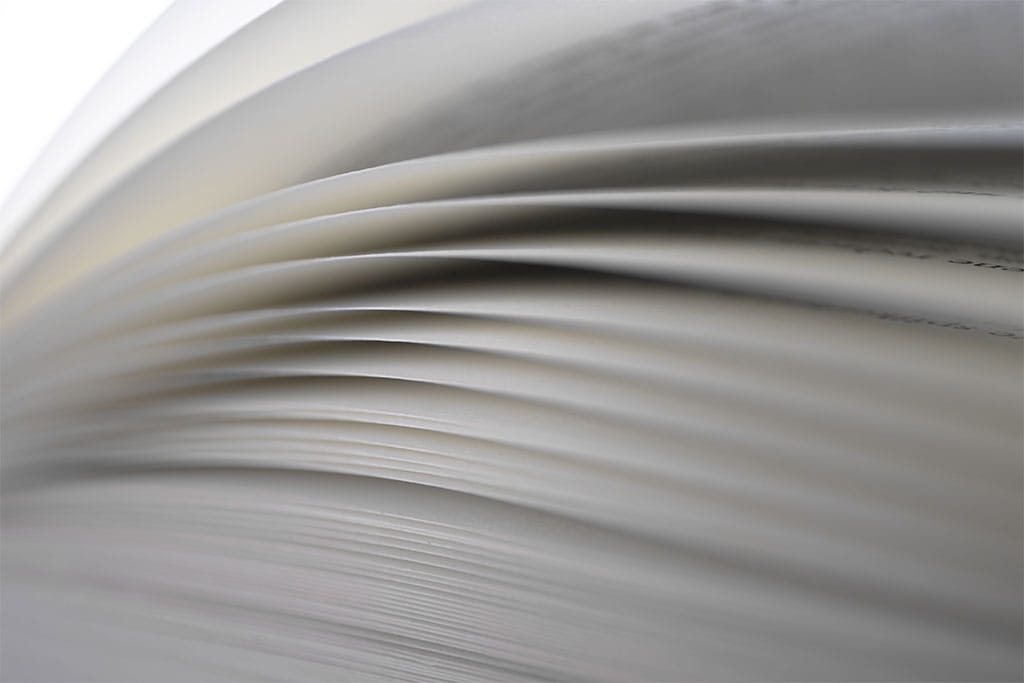

May 22, 2021
1 Cover stock is always heavier than text stock. Despite the confusing nature of the names, a cover stock is always heavier than a text stock. For instance, 80# cover stock is heavier than 100# text stock. That is important to know when selecting paper stock for your printing project.
2 Cover stock is great for postcards, business cards, and covers of multi-page documents. Cover stock is much heavier than text stock, even though the names are similar. You will almost always want to use a cover stock for postcards and business cards. For multi-page documents, it depends on your project. Sometimes, it makes sense to use a text stock throughout, even on the cover. Other times, a heavier cover is a better choice.
3 Use uncoated text stock when you have few color images in your document. Uncoated text stock is the cheapest paper stock, although we use high quality uncoated text. 60# uncoated is heavier than normal bond paper used in a copy machine, while 70# uncoated is much heavier. When you have few images in your document, it is a great choice. Or, if you are printing a workbook or other document where people will be writing in the book, uncoated text is a great option.
4 Consider pairing the same weight text and cover stock in multi-page documents. If you are printing a multi-page document and want a heavier cover, consider pairing it with the same weight text stocks. For instance, if you are using 80# gloss text for the inside pages, consider 80# gloss cover for the cover. Or 100# matte cover with 100# matte text for the inside pages.
5 Decrease the paper weight as the number of pages increases. With multi-page documents, it often makes sense to use heavier paper with fewer pages and lighter paper when you have a lot of pages. 100# text stock has a nice heavy feel to it, but can be very bulky with too many pages, especially if you are using saddle stitching. Our general guidelines with saddle stitch binding would be to use 100# text from 8 to 32 pages, 80# text from 36 to 60 pages, and 70# text from 64 to 80 pages.
6 Matte stock is usually better for perfect bound documents. With perfect bound documents, glue is placed on the binding edge of the page and the pages are then attached to the cover. The glue adheres better to matte stock than to gloss stock. And since we use digital printing presses, all of our printing has a glossy look to it, even when you use matte stock.
7 Get our sample book. When you request samples, we send you a sample paper book, which has samples of all of our paper stocks, with pictures and text printed on them. That way, you can see the paper before making your selections. To order samples, click here.
8 Call or chat with us for advice. Still not sure what paper you should use for your printing project? Simply give us a call (or chat with us on our website) and after hearing about your printing project, we’ll give you our recommendations for paper stock selection. Call 1-877-977-3779 or click on the chat button in the lower right hand corner of our website.
© 2025 Publishing Xpress. All Rights Reserved.